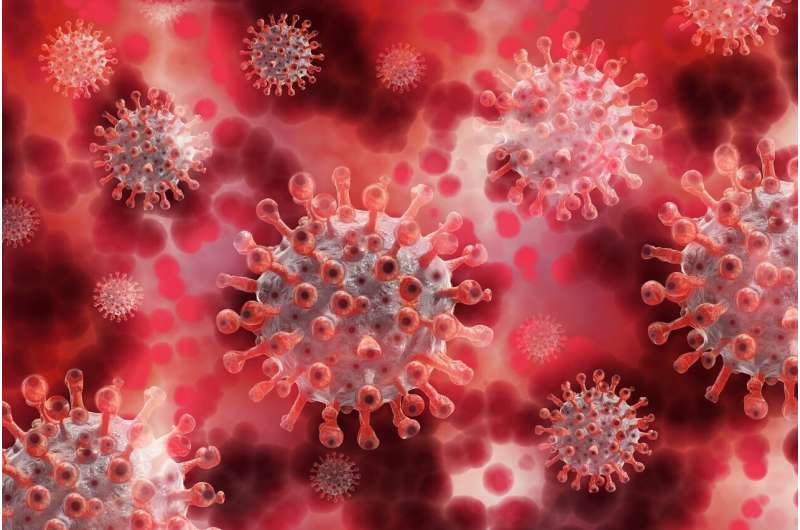
A study released today indicates that SARS-CoV-2 (COVID-19) spreads extensively in households, with children being a significant source of that spread. Approximately 50% of household members were infected from the first-infected individual during the study period. Although kids were less likely to spread the virus compared to adults, children and adults were equally likely to become infected from the first-infected individual.
The antibody surveillance study “Household transmission of SARS-CoV-2 from unvaccinated asymptomatic and symptomatic household members with confirmed SARS-CoV-2 infection” published in CMAJ Open included 695 participants from 180 households in Ottawa between September 2020 and March 2021. The study included households with at least one member having had a confirmed COVID-19 infection, and each participating household enrolled had at least one child within their household.
“Our study was conducted when we were dealing with a less transmissible virus and pandemic restrictions were strongly in place, and we still had a 50% transmission rate within households. Flash forward to where we are today with an extremely transmissible variant of COVID-19 and the majority of pandemic restrictions lifted; it’s safe to say transmission rates will be higher even though we have a high vaccination rate amongst those who are eligible,” said Dr. Maala Bhatt, the study’s lead author and Associate Professor of Pediatrics in the Faculty of Medicine.
“I know many want to ‘live with COVID’ and abandon the layers of protection that were previously mandated, but it’s important to be aware of the high transmissibility of this virus in closed, indoor settings, such as schools. Our most vulnerable and our youngest children who are not yet able to be vaccinated are still at risk for COVID infection.”
The level of COVID-19 in Eastern Ontario is on the rise. The COVID-19 wastewater viral signal in Ottawa is at record levels. In addition, test per cent positivity across the region is high, according to regional public health units. In recent weeks, the number of COVID-19 positive admissions to CHEO has been approaching the levels seen in January and early February. Three-quarters of all children admitted to CHEO with COVID-19 have come during the Omicron wave. Since the beginning of January one in three of the roughly 4,900 monthly visits to the Emergency Department were for symptoms associated with COVID-19.
The study hypothesized that children would act as “an even greater source of spread within households with the emergence of more infectious variants.” Children also have “considerable potential to spread” in settings such as school and daycare, where they congregate indoors for long periods, especially now when masking is not required in many jurisdictions.
“While we’re lucky hospitals aren’t currently overloaded, emergency departments are and positivity rates are on the rise, even amongst children,” said Dr. Bhatt, pediatric emergency physician and Director of Emergency Medicine Research at CHEO and an Investigator at the CHEO Research Institute.
Source: Read Full Article
